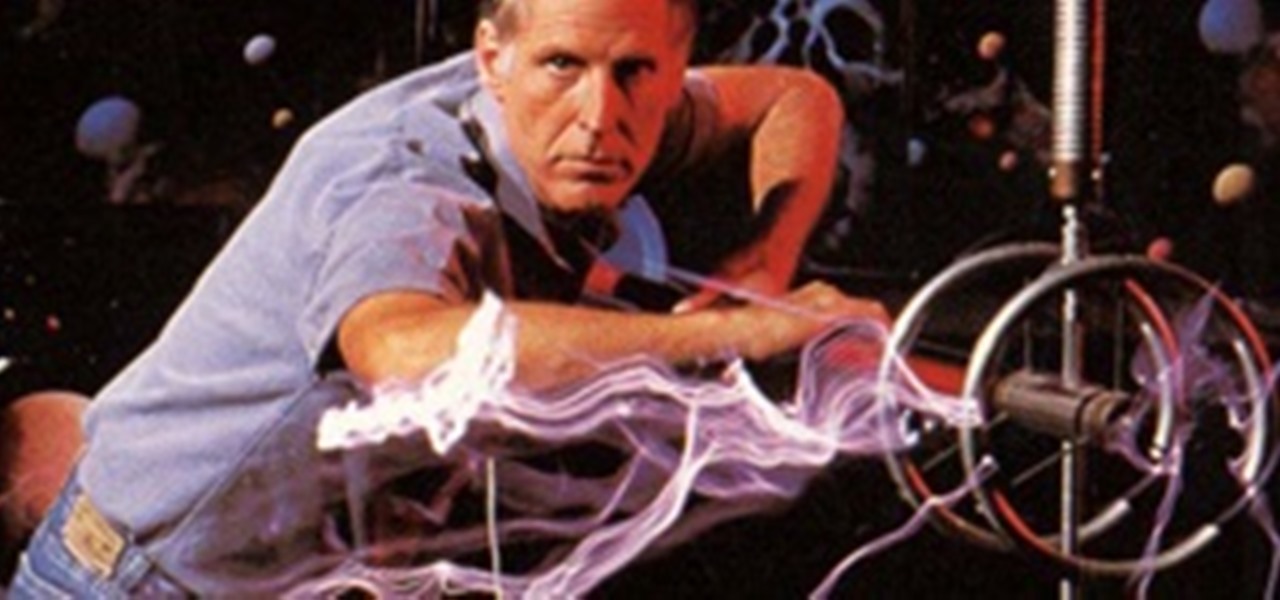Everything Else


How To: Light Up Your Walls with Stars
Everybody loves the stars. Well, I certainly do. As a child I'd spend hours outside during summer nights marveling at the seemingly endless amount of sparkling dots spanning the sky. Maybe you have children of your own and want to create a sparkle in their eyes, or in your own. This tutorial will provide a basic method of bringing the stars inside—at least, in part.
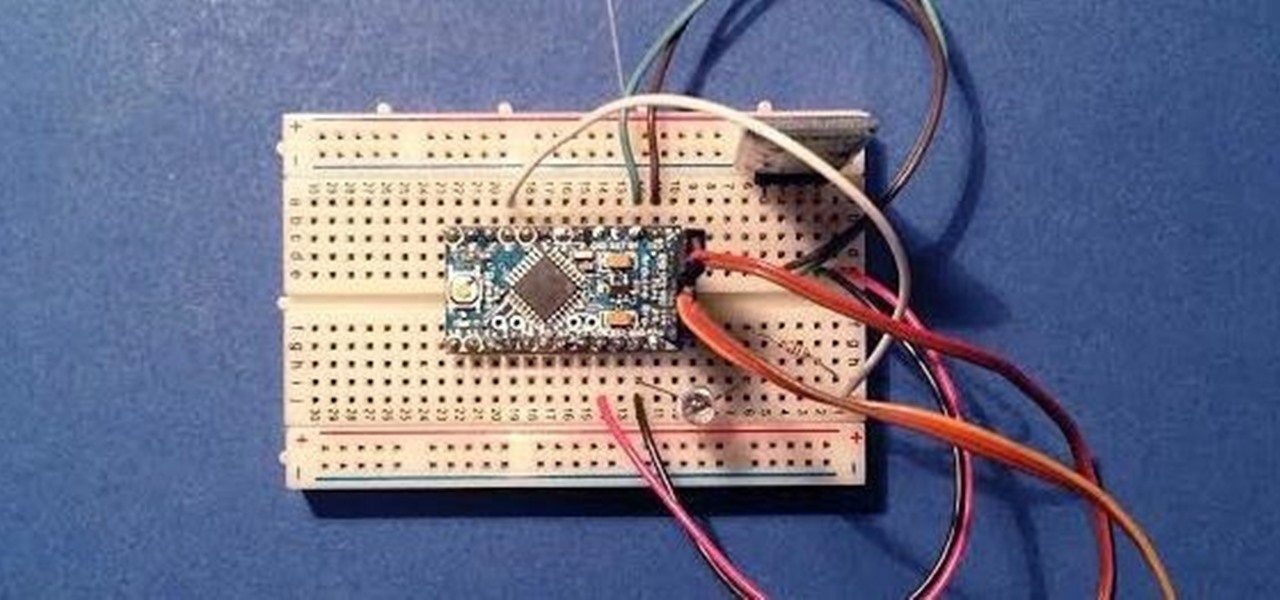
How To: Harness Bluetooth Communication Using Arduino
Since its creation, Arduino has been growing exponentially more popular as DIY enthusiasts and Makers alike realize its potential. As new versions of the device are released, many easy-to-use peripherals are showing up on the market also.
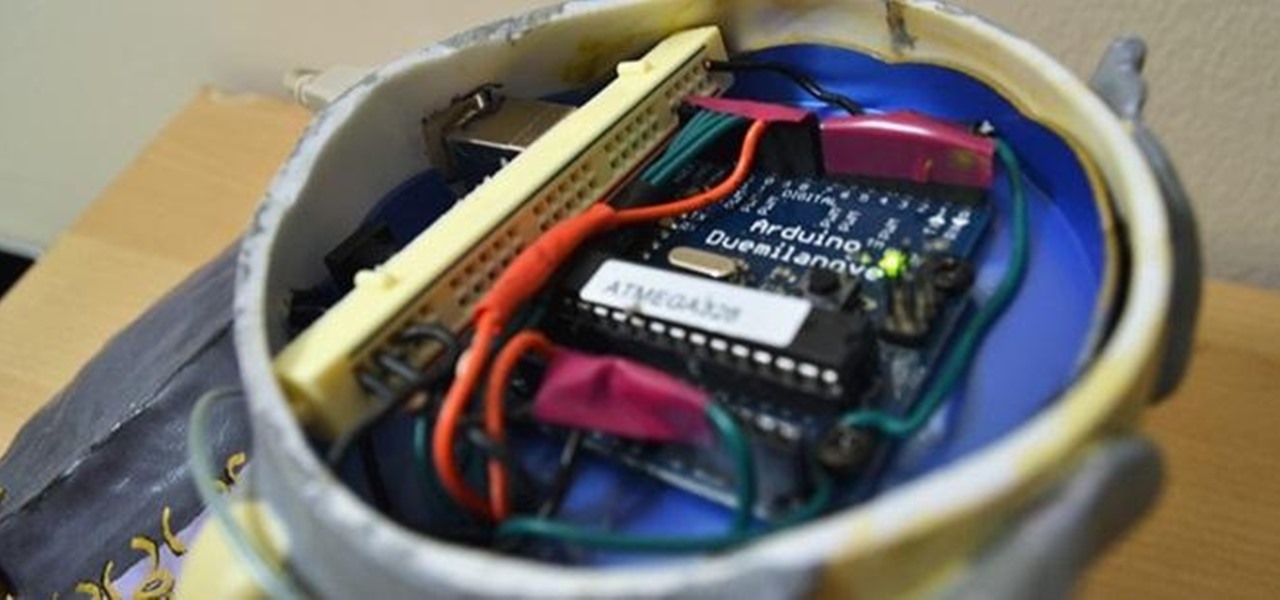
How To: The Hardware Hacker's Introduction to Microcontrollers, Part Two: How Does Arduino Think?
In this article, I'll be continuing my series on microcontrollers. If you haven't read part one, I'd recommend heading over there and reading it!
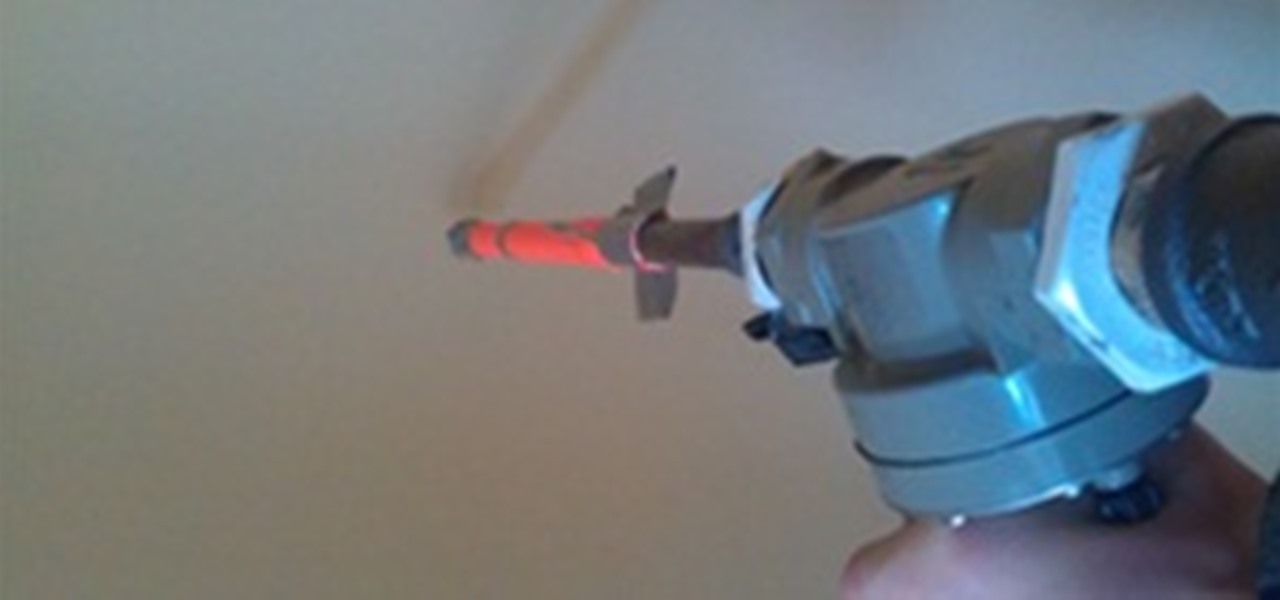
How To: Make a High-Powered Compressed Air Rocket Gun
In this article, I'll show you how to make a high-powered, long-range, air-powered rocket gun. This launcher is based on a sprinkler valve, a modified propane tank, and a few other components. Though not hard to make, this device is VERY dangerous! The rocket can seriously harm, if not kill any living thing it's shot at. Here's a video of it in action, quite an accurate shot by my friend Chris... Parts

How To: The Hardware Hacker's Introduction to Microcontrollers, Part One: Anatomy of an Arduino
In this article, I'll be explaining the basics of how microcontrollers work, physically and virtually. First off, microcontrollers are no simple thing, so don't be discouraged if you find it mind-boggling! The world of microcontrollers is fascinating, engaging, and an awesome hobby; it never gets boring. I'll be focusing more on I/O and analog based microcontrollers, such as those running Arduino, and using Atmel chips as examples (these are most commonly available, and easy to program).

How To: Hack Anyone's Facebook, Twitter or YouTube Account with Your Android Device
In this article, I'll show you how to easily "hack" Facebook, Twitter, YouTube, and any number of similar account types with an Android app called FaceNiff.

How To: Use Google Voice to Prank Your Friends on April Fool's Day
In this article, I'll show you how to prank your friends on April Fool's Day with the very popular Google Voice, a computer to land/mobile calling feature. Basically, Google allows you to play whatever you like through the microphone port on your computer, and play it right through to your victim's phone. Whether it's Rick Astley ("Never Gonna Give You Up") or a text-to-speech application, general hilarity always follows.
Making Electromagnetic Weapons: Semiconductor Lasers
I'm back with the third part to my laser weapon series (see part one and two), and I'll be explaining the function, application, and potential of semiconductor lasers, aka laser diodes.

How To: Make a Solar Death Ray with an Old Projection TV
In this article, I'll show you how to make an awesome "Death Ray" using the large magnifying lens from an old projection TV. The lens is called a Fresnel lens; a device that employs several ridges to focus light, rather than a complete curve.

How To: Make a Killer Bottle Opener from a .50 Caliber Bullet
In this article, I'll show you how you can make your very own bullet/shell bottle opener. All you need is a .50 caliber deactivated round and some workshop tools!

How To: Give Your Jacob's Ladder More Spark with High-Voltage Capacitors
Here's a simple and easy addition to your own Jacob's Ladder. If you don't have one, here's how to make a Jacob's ladder.
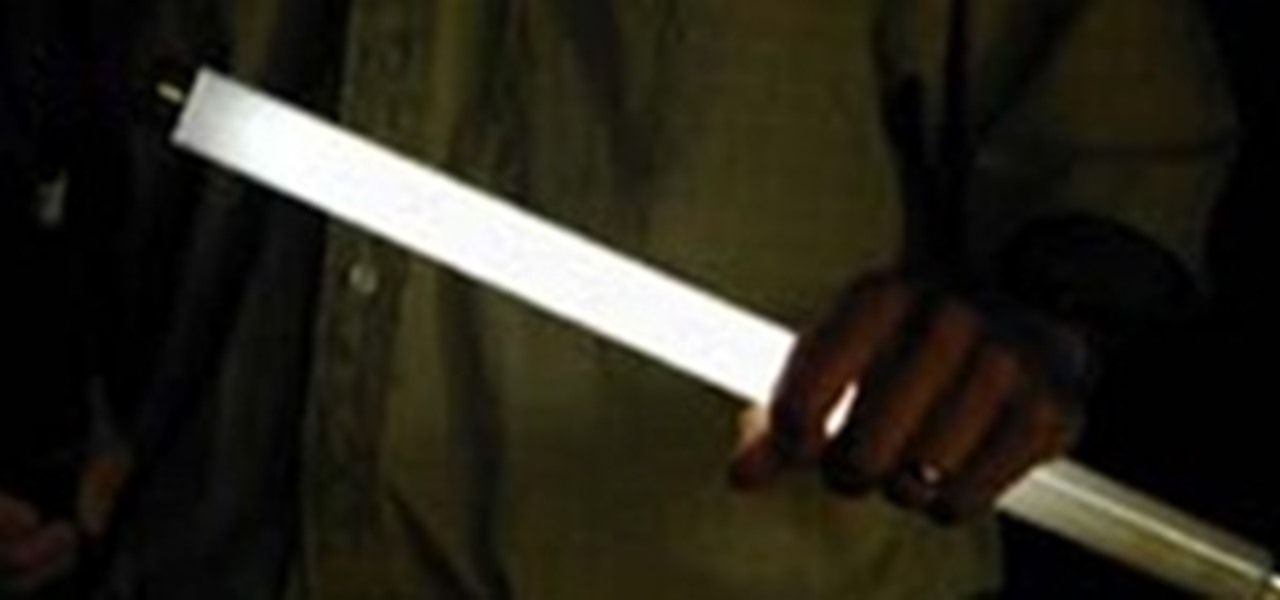
Master the Power: How to Make Fluorescent Tubes Glow with Your Bare Hands
I'm sure most everyone has some kind of fluorescent light source in their home; those long white tubes that emit a bright white light when turned on, or maybe a few of the CFL power-saver bulbs. These bulbs actually require very little "power" (i.e. a high voltage:almost no current ratio) to emit light. In fact, static electricity is enough to make them flicker. Inside these tubes is a gas, and when electricity flows through that gas, it gets "excited" and produces light.
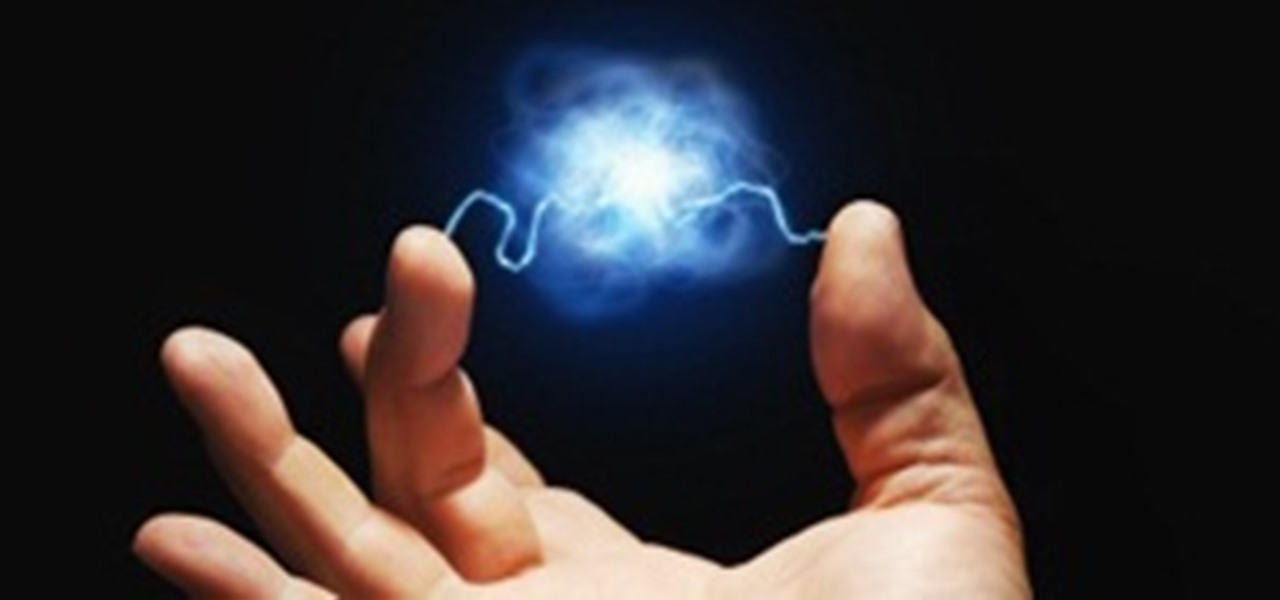
Master the Power: How to Shock People with Your Fingertips
In this article, I'll be showing you how to make a simple yet effective static electricity generator. Basically, this device allows you to carry a constant static charge on your body and discharge it on anything grounded or of opposite polarity. The electricity generated is around 8-10 kV, at a very low current. The shock is enough to startle your friends, just like a static shock from a trampoline or carpeted room. You'll need a little experience in soldering and circuit design to build the ...
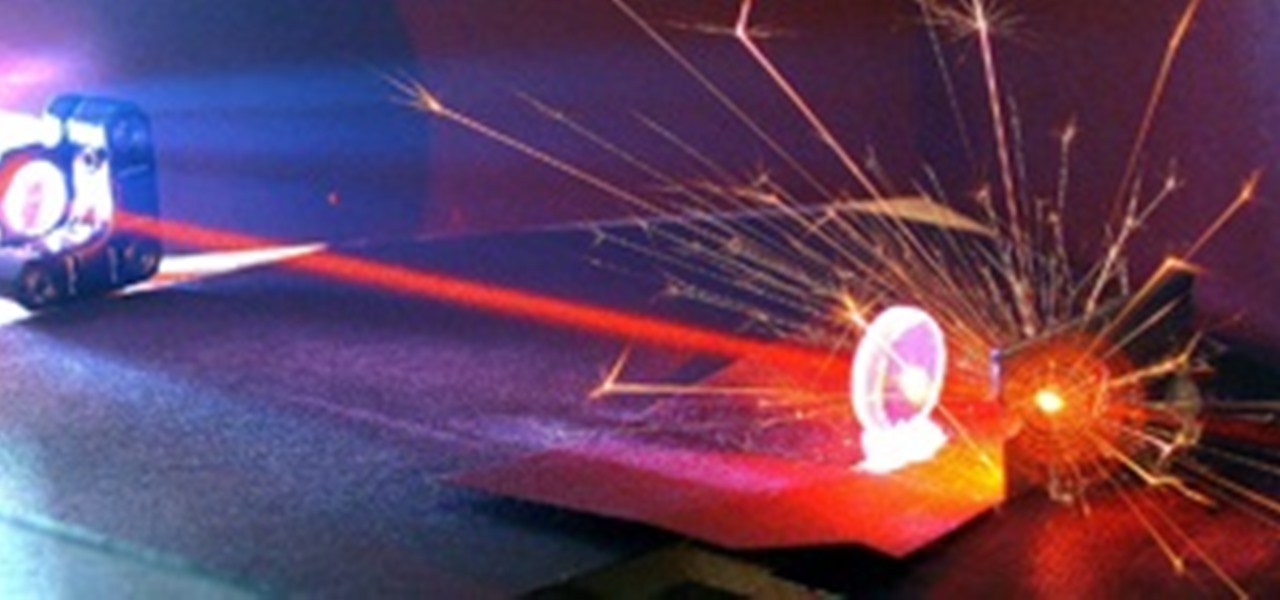
Making Electromagnetic Weapons: Flashlamp Lasers
In my second article of the laser weapon series (see the first part here on CO2 lasers), I'll be expanding on the potential of pulsed lasers.
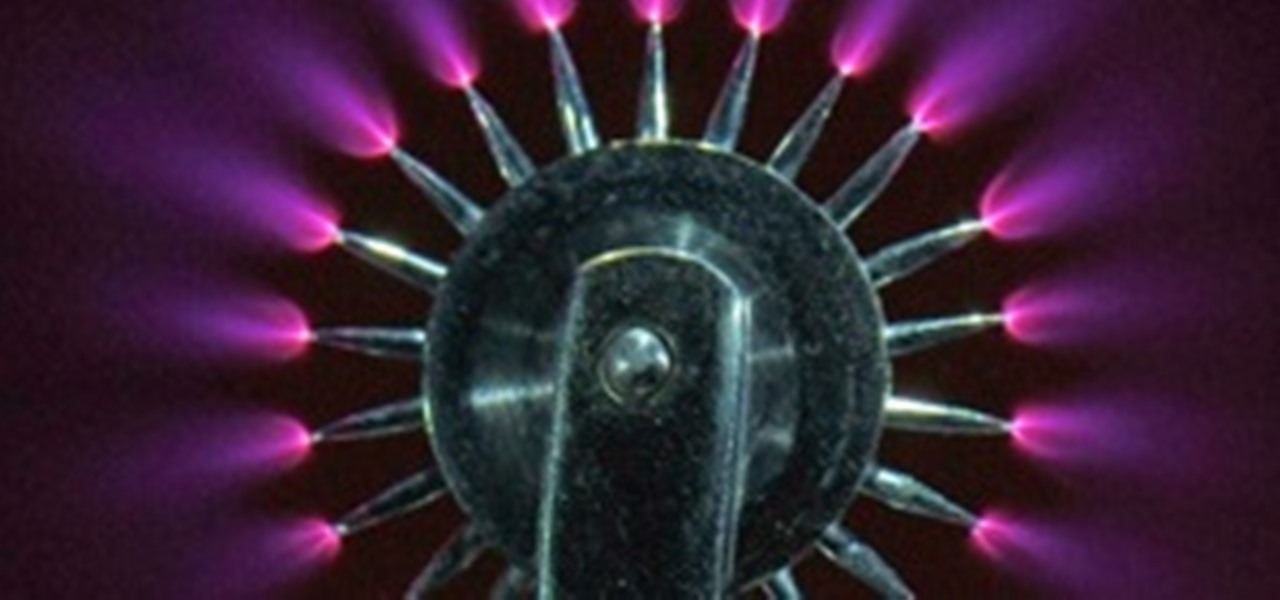
How To: High Voltage Happiness? How to Make a Negative Ion Generator
In this article, I'll show you how to build a simplistic circuit to generate negative ions. Negative ions have been known to contribute to fresher air, happier mood, and general health benefits. However, they also look amazing in the dark (check out the photos below, purple plasma is amazing!). And if all else fails, they make a cool nightlight. If you've ever been around a Tesla coil, cathode ray tube TV or sometimes even on a trampoline, you've probably noticed that smell; the smell of "sta...
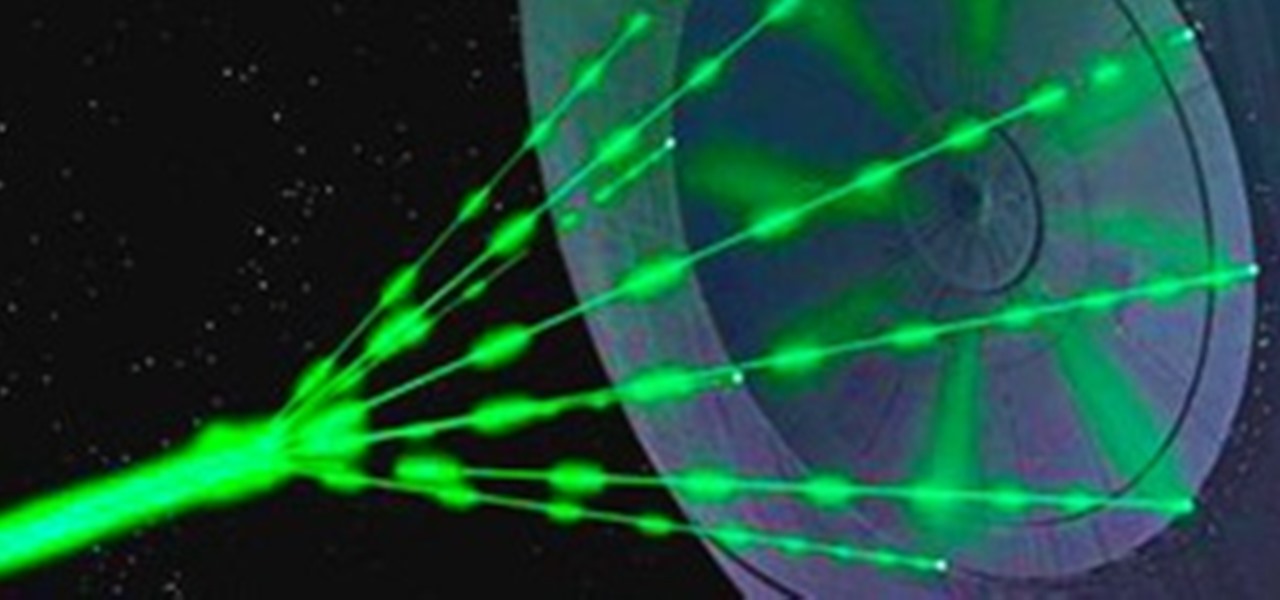
Making Electromagnetic Weapons: Lasers, Part One
In this series on weaponized lasers, I'll be exploring the function, operation, strength and building instructions for three basic laser weapons; CO2, Diode, and Flashlamp. These laser types are just a few of many, selected because of their simplicity and basic construction (depending on your experience).

How To: Build a Wireless Energy Transfer Array to Power Light Bulbs Without Plugging Them In
In this article, I'll show you how to built a Wireless Transfer of Energy Transmitter. Simply put, this device will send electricity to a florescent light bulb and light it up, from up to three feet. The idea originally (at least, prominently) came from Nikola Tesla (read more about this amazing inventor here), who used his Tesla coils to transfer wireless energy to light bulbs in demonstrations (photo below). However, the circuit described in this article consists of a flyback transformer, n...
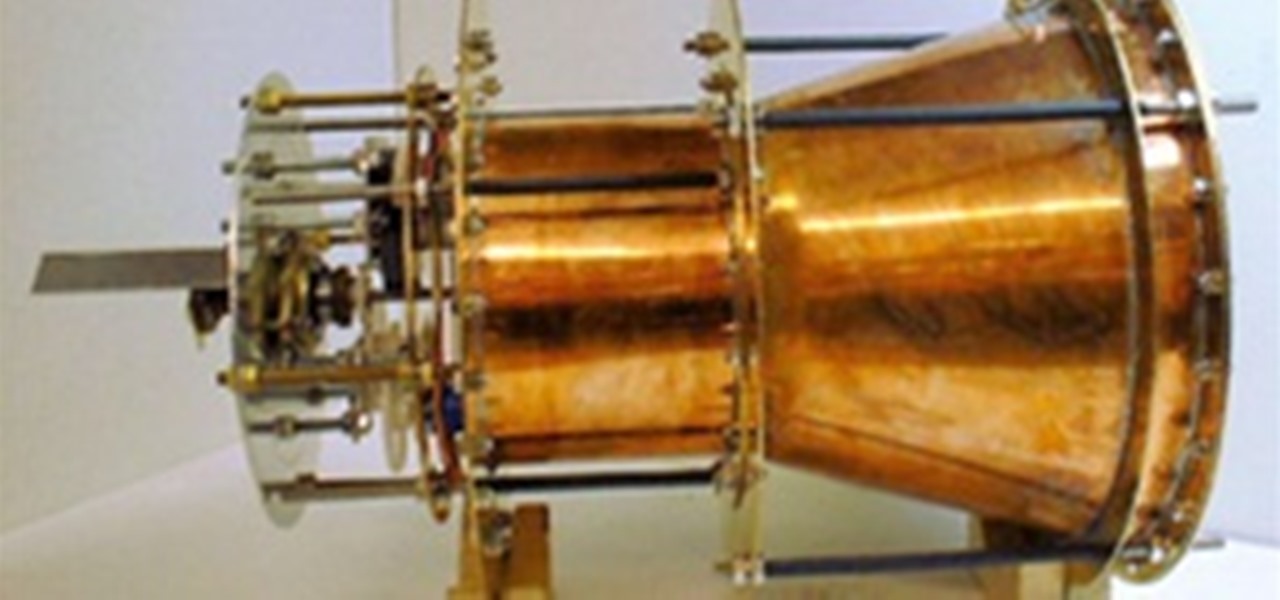
Making Electromagnetic Weapons: Directed Microwave Energy
Welcome to Microwave Energy—the next part of my Making Electromagnetic Weapons series. For the Electromagnetic Pulse Generator, check out the last three articles (One, Two and Three).

How To: Protect Your Door with High Voltage
In this article, I'll show you how to create a simple yet effective way of scaring off intruders. Of course, there are methods around this approach, but it's great for office pranks and general fun. The project requires a little background knowledge in electronics and circuitry, like reading schematics and using a soldering iron.

How To: Make a Simple Touch-Triggered Transistor Relay
In this article, I'll show you how to make a simple touch-triggered switch. This is very useful for various electronic projects, from a simple bedside light to a flat panel touch keyboard. The circuit can vary in switching power depending on the transistors you use. For example, if you're looking into creating a 120V light that turns on when touched, you'd need two powerful transistors and an isolation relay. However, a simple flashlight that turns on when touched would only take a couple of ...
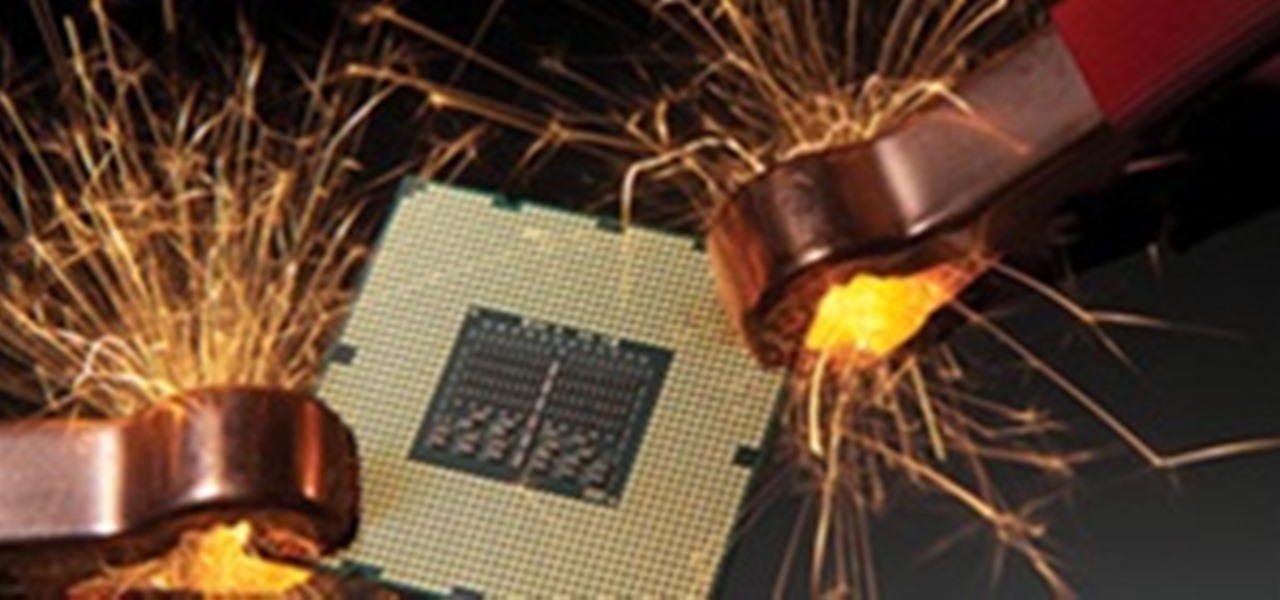
Making Electromagnetic Weapons: The Theory Behind EMP Generators
This is the third part of my electromagnetic pulse series (see Part One and Part Two). By now, I've covered the hardware and general concept of electromagnetic pulse generators, but how exactly do they disable electronics? How can an invisible field of energy have such a catastrophic effect on computers, cell phones, and most any other electronics? I'll be answering all these questions in part three of Making Electromagnetic Weapons.

How To: Electron Spirographs with a Cathode Ray Tube
In this article, I'll be showing you how to make a cool visual representation of sound using an old cathode ray tube (CRT) television, a stereo, and a sound source. You'll also need a pair of wire cutters, and a few screwdrivers. To properly understand this project, it's a good idea to learn a little bit about how CRT TVs work. Check out this article on how they work.
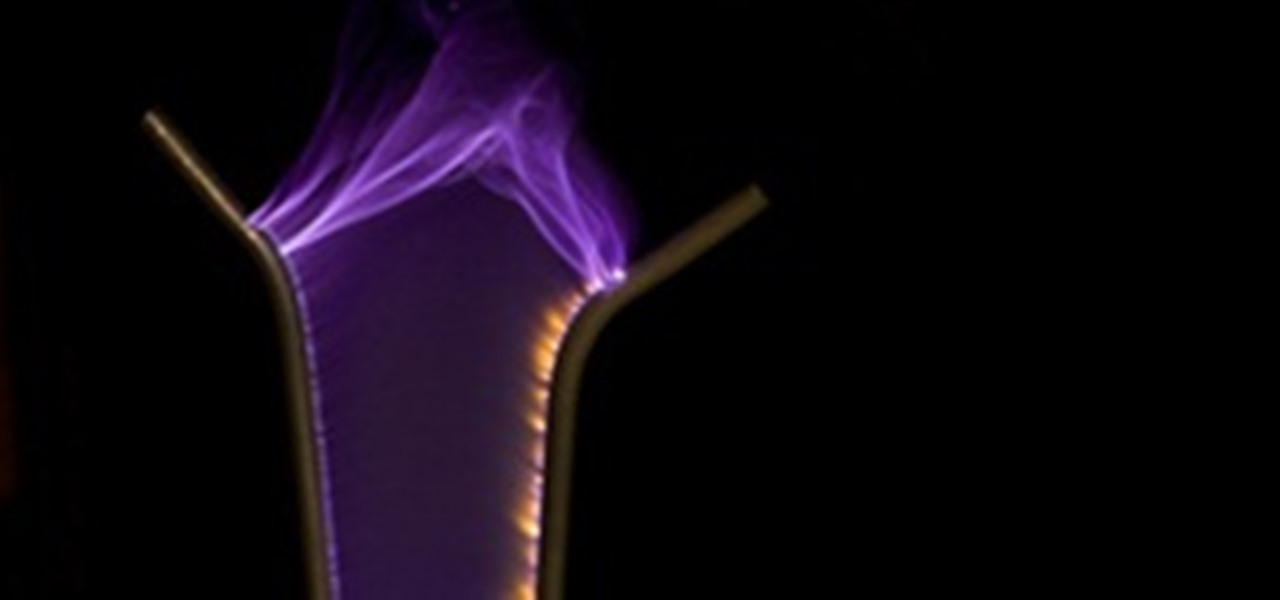
How to Make a Jacob's Ladder: Chained Lightning
In this article, I'll show you how to create a simple yet accurate demonstration of the "rising ionized gas" principle. In other words, a transformer, two metal prongs and lots of evil laughter. Remember those large "towers" in the background of Frankenstein movies with a "lightning bolt" rising upwards every few seconds? That's called a Jacob's Ladder; one of the coolest awe-inspiring demonstrations of high voltage. Here's a video of the final product: Materials and Tools
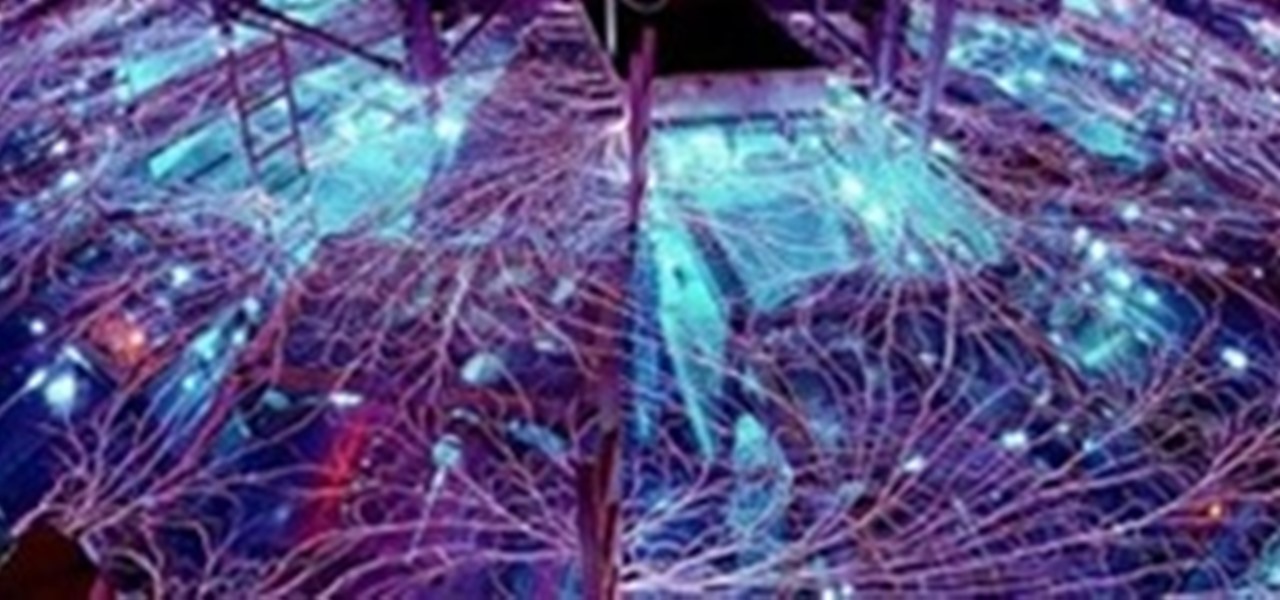
Making Electromagnetic Weapons: EMP Generator, Part Two
In this article, I'll be covering Triggers and Coils, part two of the series (see part one here). Generally, a simple EMP generator consists of four components; a capacitor, a transformer, a trigger and a coil of copper wire. The transformer component can be varied, but the coil is very important, and must be precisely tuned.

Making Electromagnetic Weapons: EMP Generator, Part One
In this series, I'll be exploring electromagnetic weapons, how to build them, their function and application to the future, and the amazing possibilities electromagnetism has to offer. First, the electromagnetic pulse generator, or EMP. You've probably heard of these before, and their devastating effects on electronics. A simple EMP consists of a capacitor, transformer, trigger, and coil of copper wire. This, when triggered, would produce an intense magnetic field for a brief period, similar ...
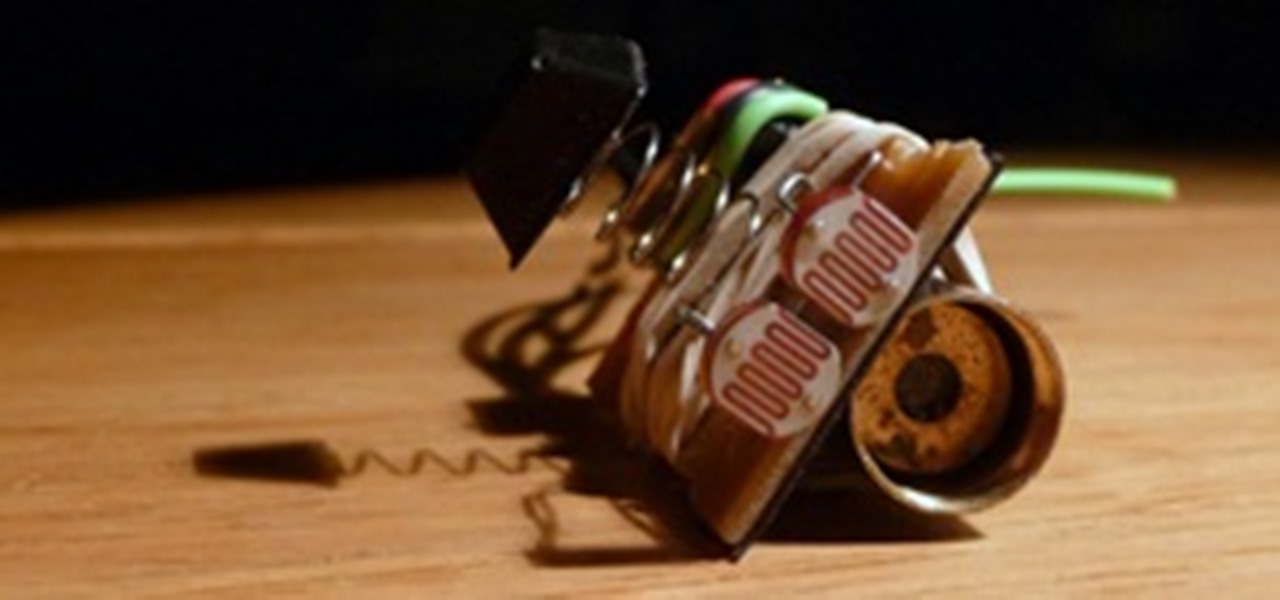
How To: Measure Geomagnetic Storms with a DIY Magnetometer
Interested in taking a few snapshots of the likely auroras from the recent solar flare the Sun sent our way?

How To: Make a Prank Stun-Baton
In this article, I'll show you how to make a portable prank stun-baton. Powered by static electricity, simply charge up the baton, and discharge it for a static surprise. The concept behind this device ties in with Leyden jars, and their tendencies to retain static electricity.
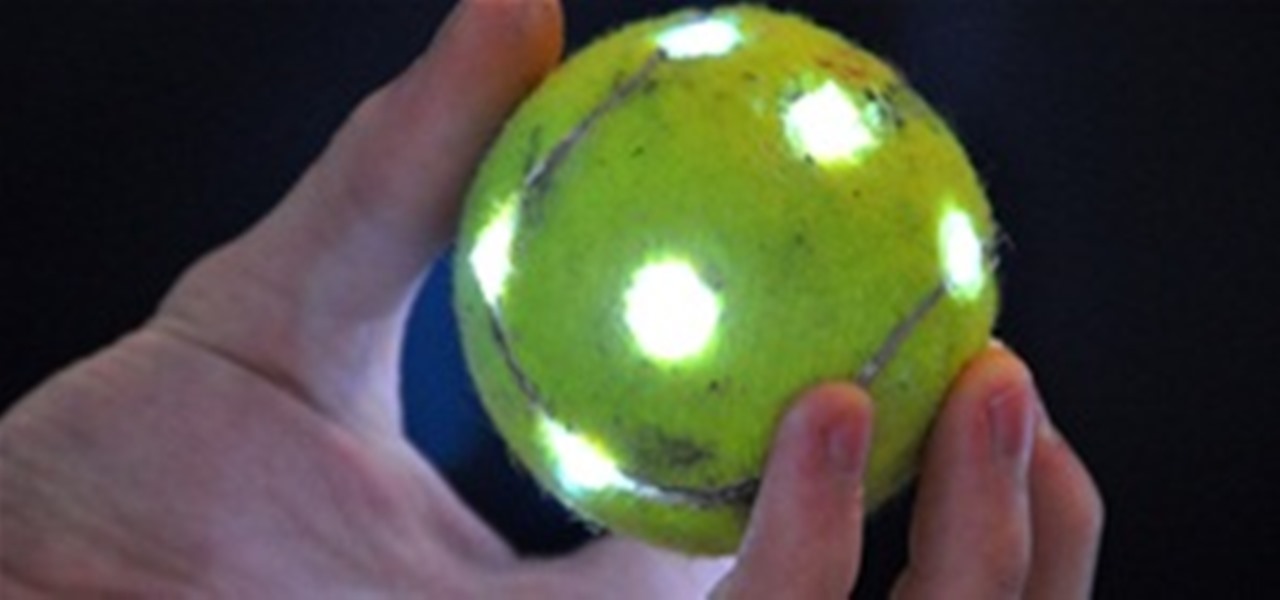
How To: Make a Glowing Orb with a Tennis Ball & LEDs
In this article, I'll show you how to make a glowing orb. The orb is a fun, round flashlight useful for lighting your path in a magical way. Consisting simply of LEDs, a tennis ball, a battery and a switch, it's a great simple project for beginners with electronics. Here's a video of it in action: Tools and Materials
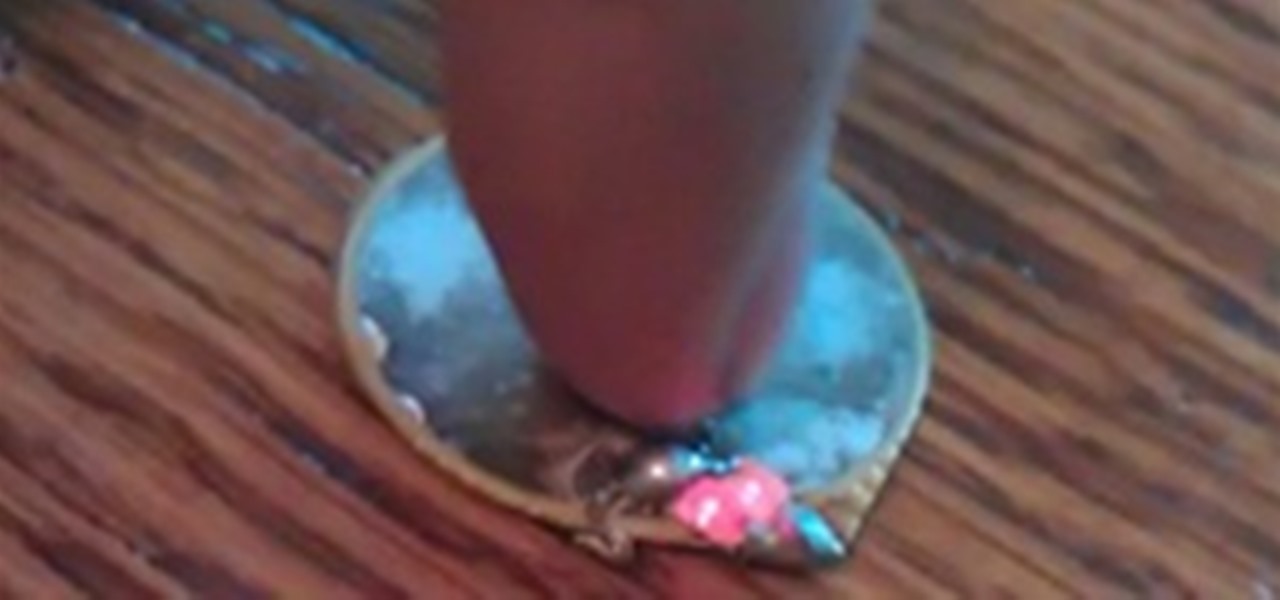
How To: Generate Electricity From Kinetic Energy
Piezoelectric Energy In this article, I'll show you how to make a small, wallet-sized device that generates electricity from kinetic energy. The concept is simple: Piezoelectricity is the charge that is produced when certain solid materials (commonly ceramic and crystal) in response to mechanical stress. Piezoelectrics have many applications; in speakers, actuators, sensors, even fuses. For more information, click here.

How to Make Propane Bubbles: Fire You Can Hold
You must ONLY conduct this experiment if you are experienced in using combustibles and understand the risk. Fire is very dangerous and can seriously burn you. Seems harmless at first, but believe me, these are bubbles turned evil. When ignited, the bubbles pop almost instantly, and all the propane is released in a huge fireball.

How to Make Ferrofluid: The Liquid of the Future
What Is Ferrofluid? Ferrofluid is a black, solvent-based liquid, that, in the presence of a magnetic field, becomes strongly magnetized. The fluid is made up of nanomagnetic particles coated with an "anti-stick" or surfactant compound, suspended in a "carrier", commonly an organic solvent. For mechanical applications, it is used in hard drives and speakers as a lubricant. However, it also has been implemented in artwork, as seen in the video below.
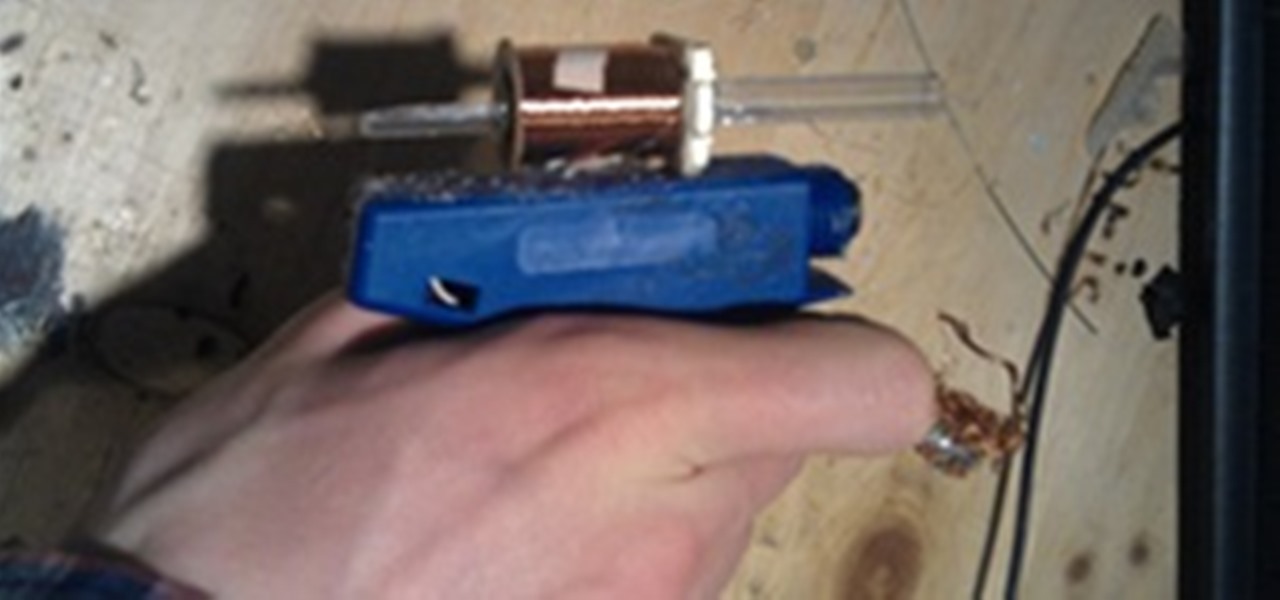
How To Make A Coil Gun: Turning Electricity Into Velocity
In this article, I'll show you how to build a coil gun. A coil gun is a device that fires magnetic projectiles at high velocities, using electricity. Coil guns require no explosive propellant, therefor can be fired an infinite amount of time, providing that there is ammunition and available electricity.
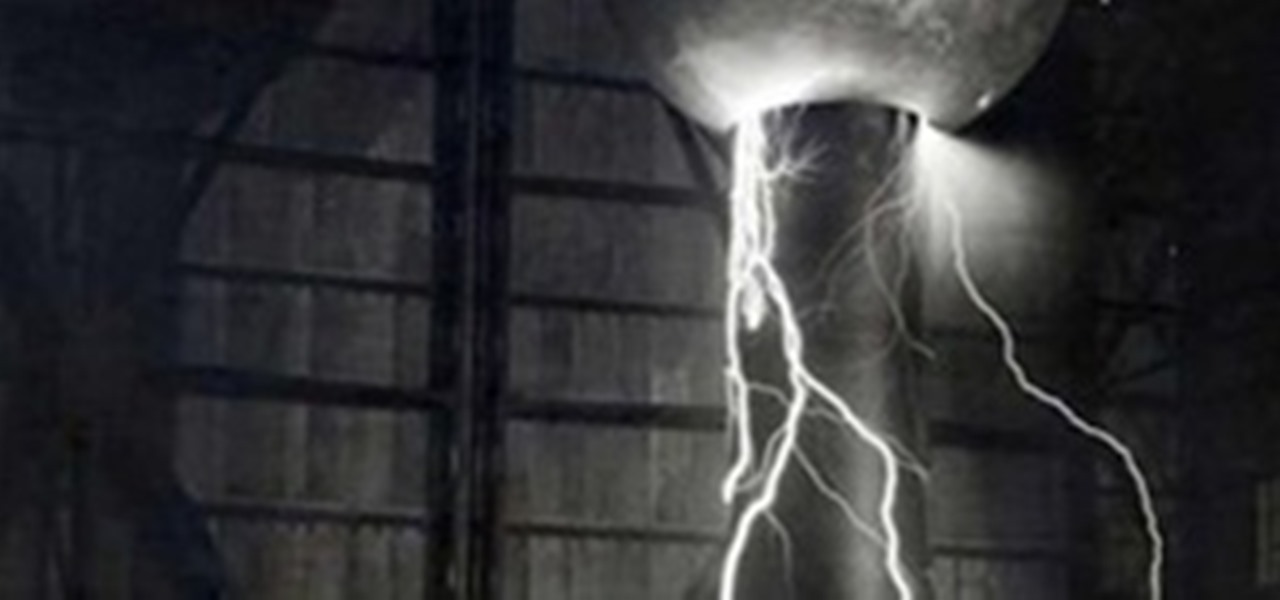
How To: Make A High-Lighter Stun-Gun
The Stun-Gun In this article, I'll show you how to make a small, weaponized highlighter. Before I get into how to built this device, let me warn you. This device is harmful! When used, it can cause burns and/or serious muscle spasms. The voltage is potentially deadly! DO NOT attempt to build this device unless you are experienced with safety, electronics, soldering, and understand circuit schematics.



